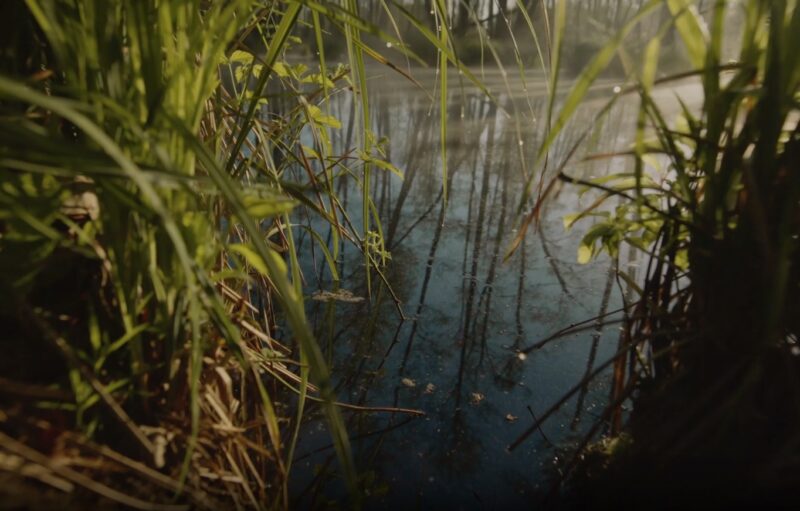Swamps are extremely beneficial plant communities and provide a variety of benefits to wildlife including food, nesting areas, shelter, and water.
They also serve mankind as flood control and purifiers of water.
Swamps provide a platform for the food chain.
Common species of fish found in swamps include bowfin, minnows, and mosquitofish.
They have specialized gills, breathable skin, and higher concentrations of hemoglobin.
Most larger fish, such as largemouth bass, are temporary residents of swamps.
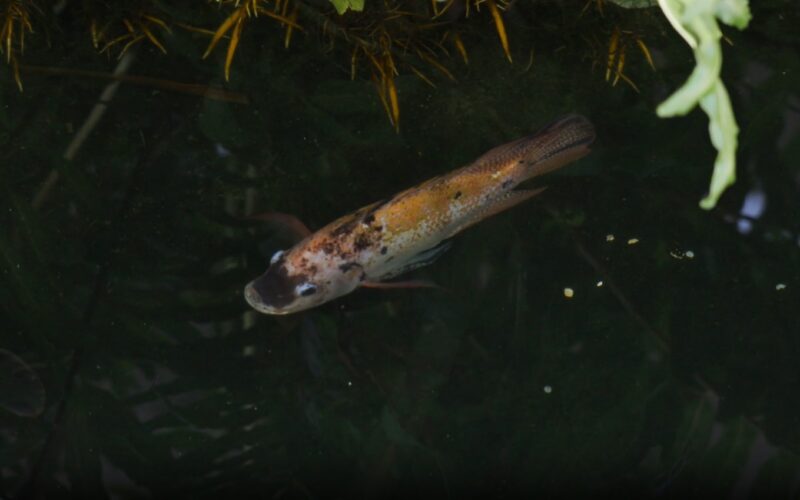
| Species | Characteristics | Danger to People |
|---|---|---|
| Bowfin |
|
|
|
|
|
| Mosquitofish |
|
|
| Largemouth Bass |
|
|
Bowfin – “Living fossils”
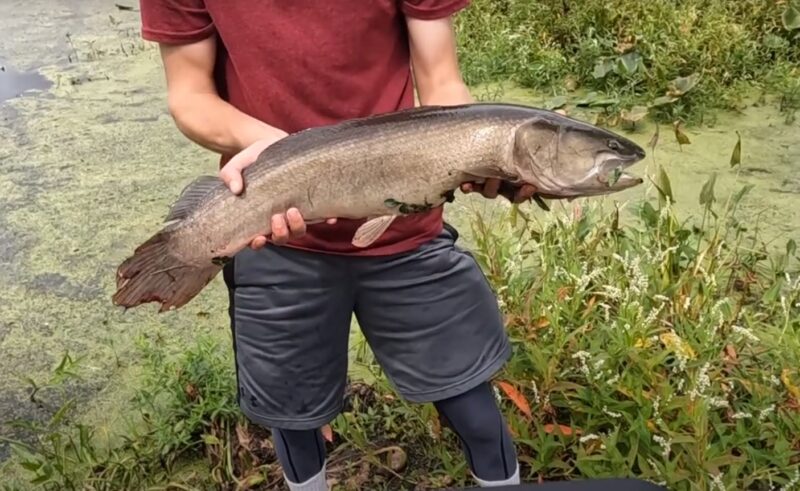
Bowfin are ancient species that have remained relatively unchanged for millions of years.
The bowfin is often considered a “primitive fish” because they have retained some morphological characteristics of their early ancestors.
They possess a unique combination of traits that make them well-suited for life in swamps.
Bowfin have specialized gills that allow them to breathe air, enabling them to survive in low-oxygen environments.
Bowfin are often referred to as “living fossils” because they have remained relatively unchanged for over 100 million years.
They also have a robust immune system that helps them resist diseases prevalent in swamp waters.
St. Patrick’s Day 2024. Post green native fish ☑️ #bowfin #greatlakes #native pic.twitter.com/poKASzgQOR
— Thornton Ritz (@tritz18) March 17, 2024
Their elongated, cylindrical bodies and powerful jaws make them efficient predators capable of catching a wide variety of prey.
“The bowfin is a survivor from a very ancient lineage that has persisted for millions of years, virtually unchanged.” – Dr. Solomon David, ichthyologist and assistant professor at Nicholls State University.
Minnows – “Little pigs” in water
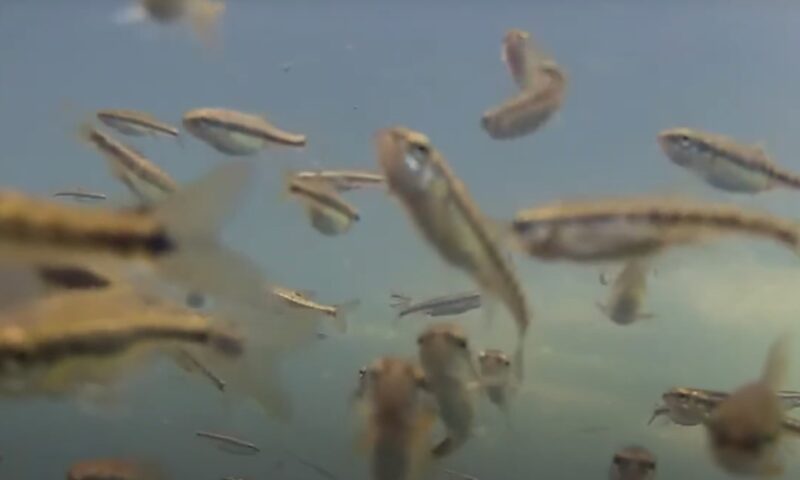
These fish are social, active, and moderately hardy. They are like water pigs – eat almost any type of food.
They can be bred in an aquarium, and the fathead minnow is one of the only cyprinids that protects its eggs in the nest (carried out by the male).
Minnows generally have no teeth or spines.
They have a single dorsal fin, typically with 8 rays.
Minnows are known to form schools for protection against predators. Some species can even jump out of the water to escape danger.
They are highly adaptable and can be found in various habitats, including swamps.
Minnows have breathable skin that allows them to absorb oxygen directly from the water, supplementing the oxygen they get from their gills.
This is our second year participating in the Fish in Fields Project. This project aims to reduce methane emissions over the winter in flooded rice fields using fish. The minnows are placed in the fields after fall harvest and are removed in the spring before planting. Over the… pic.twitter.com/DxwY5JG9x2
— Isbell Farms (@Isbellfarms) March 15, 2024
This adaptation is crucial for surviving in swamp waters, which often have low oxygen levels.
They are also known for their high reproductive rates, making them an essential food source for other swamp-dwelling creatures.
“Minnows are small but mighty, playing a crucial role in the food chain and serving as important indicators of ecosystem health.” – Dr. Cindy Kanno, fisheries biologist and professor at the University of California, Davis.
Mosquitofish – The kingdom of “Matriarchy”
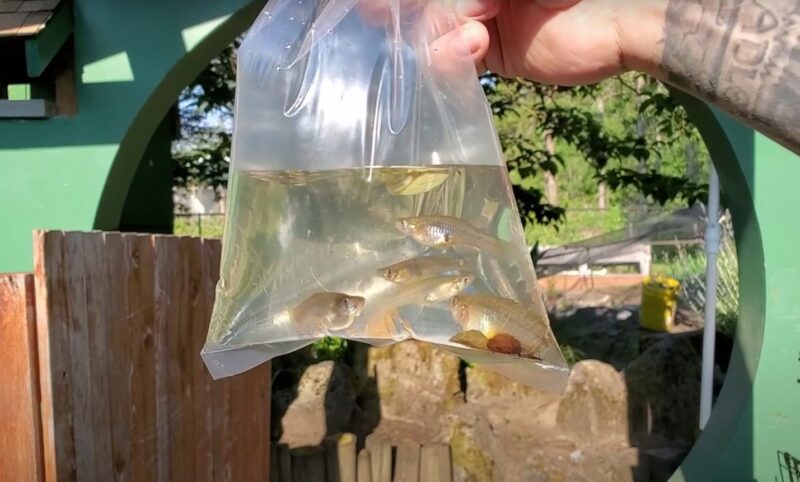
Mosquitofish, also known as Gambusia, are small, freshwater fish native to the southeastern United States. They are highly adaptable and can tolerate a wide range of environmental conditions, making them well-suited for life in swamps.
Western mosquitofish (Gambusia affinis) showing off her subtle yet stunning colors! pic.twitter.com/CxgTvpkwXK
— Aanjaneya C. (He/Him) (@aan_an_adventur) January 21, 2021
Mosquitofish have higher concentrations of hemoglobin in their blood, which allows them to absorb more oxygen from the water.
Mosquitofish have been introduced to various parts of the world to control mosquito populations, earning them the nickname “the fish that saves lives.”
This adaptation is particularly useful in low-oxygen environments like swamps. As their name suggests, mosquitofish feed on mosquito larvae, making them valuable for controlling mosquito populations in swampy areas.
“Mosquitofish are a testament to the power of adaptability, thriving in diverse environments and contributing to the control of disease-carrying mosquitoes.” – Dr. Michael Blum, aquatic ecologist and professor at Tulane University.
The largemouth bass – the top predators in the aquatic ecosystem
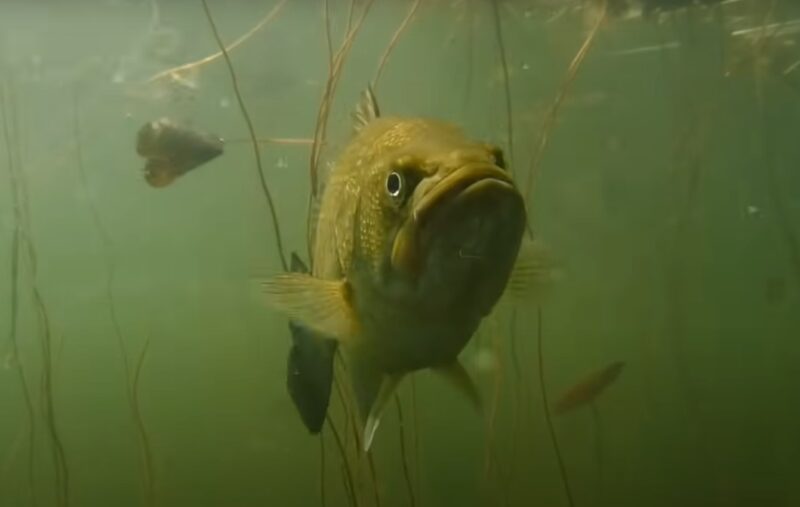
Most larger fish, such as largemouth bass, are temporary residents of swamps. They may enter swamps to spawn or seek refuge from predators, but they typically do not spend their entire lives there.
The largemouth bass is a carnivorous freshwater ray-finned fish in the Centrarchidae family, native to the eastern and central United States, southeastern Canada, and northern Mexico.
“The largemouth bass is a powerful and aggressive fish, known for its impressive fighting ability when hooked.” – Tom Rosenbauer, author and fly fishing expert
This is an olive-green to greenish-gray fish, marked by a series of dark, sometimes black, blotches forming a jagged horizontal stripe along each flank.
Congratulations to the newest members of the Bassmaster Lunker Club™. 🎉🔨
Membership in the club is free and open to any B.A.S.S. member who catches …
✔️ largemouth bass weighing 🔟 pounds +
✔️ spotted bass weighing 5️⃣ pounds +
✔️ or a smallmouth bass weighing 6️⃣ pounds +… pic.twitter.com/vAaLUsEUyG— Bassmaster (@bassmaster) March 17, 2024
The upper jaw (maxilla) of a largemouth bass extends beyond the rear margin of the orbit.
The largemouth bass is the largest of the black basses, reaching a maximum recorded overall length of 29.5 in (75 cm) and a maximum unofficial weight of 25 lb 1 oz (11.4 kg). Sexual dimorphism is found, with the female larger than the male.
Largemouth bass are known for their impressive jumping ability, often leaping out of the water to catch prey or shake off hooks.
Largemouth bass prefer habitats with abundant littoral vegetation and generally maintain relatively small home ranges in lakes. They have an average lifespan of 10 to 16 years in the wild.
Summary
The bowfin, minnows, mosquitofish, and largemouth bass are all important species for the overall health and balance of swamp ecosystems.
The bowfin’s predatory behavior and ability to survive in low-oxygen environments make it a key player in controlling populations of other fish and invertebrates.
Minnows serve as an important food source for larger predators and also help control insect populations.
Mosquitofish play a crucial role in reducing the number of mosquito larvae in swamps, which can help limit the spread of mosquito-borne diseases.
Finally, the largemouth bass is a top predator in swamp ecosystems, helping to regulate populations of smaller fish and maintain a balanced food chain.
The presence of these species in swamps not only supports biodiversity but also contributes to the overall health and stability of these unique and valuable ecosystems.


